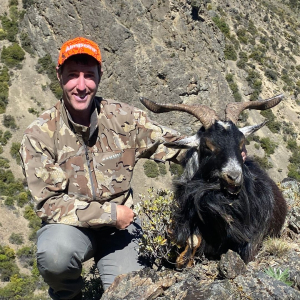Perhaps the most sensational development however, was the announcement by the Russian government of an embargo on food imports from the EU, US, Canada, Australia and Norway (in addition to Ukraine, banned in July). It’s far too early to tell what the exact fallout will be, but a high level appraisal of the Russian market and some of the potential eventualities will help to interpret developments as they unfold.
With dairy exports to Russia just short of 629,000t in 2013, the country is an important market – the world’s second largest after China. Australia accounted for less than 3% of this volume in 2013, even after a boost in exports that was largely driven by a temporary ban on Fonterra (which restricted New Zealand access). In turn, though Russia took 46% of Australia’s butter exports in the 2013-14 financial year, it ranked as our 12th largest market, accounting for only 3% of our total dairy exports.
Direct impacts on Australia are therefore likely to be relatively limited – though they will fall disproportionately on those companies that have plants approved for export to Russia. While small, the effect is also enhanced by the fact that Russian buyers tend to pay a premium price for butter, thanks to their government’s accreditation requirements limiting the number of approved suppliers.
The biggest concerns from an Australian perspective surround the indirect effects of this ban, which generates uncertainty and will potentially push surplus product onto an already weak global market. Russia’s main source of dairy imports is the European Union, supplying almost 438,000t (70%) of the 629,000t reported in 2013.
Just over half of Russia’s dairy imports by volume were in the form of cheese (319,000t), of which nearly 260,000t came from the EU. The key concern for many market participants is where this cheese will go now that the Russian market is closed; or alternatively, where the milk that would have been used to make this cheese will be directed.
The worst-case scenario would see large volumes of European cheese flood onto world markets, including those (such as Japan) where Australia has a strong presence.
There are other possibilities, all likely to occur at least in part. The first is that a proportion of EU milk will be diverted in raw form to neighbouring Belarus, where it can be processed and enter Russia as Belarusian exports. Under the umbrella of its customs union with Russia and Kazakhstan, Belarus already exports large volumes of dairy products that aren’t fully captured in the official trade data. This approach will be limited primarily by the distances and logistics involved in the shipment of large volumes of raw milk, as well as the availability of spare processing capacity in Belarus – but it could partially offset the net impact of the ban.
Another option that would maintain the global market balance is the shipment of product from banned sources to Russia via third countries (transhipment). Authorities in Switzerland (which has avoided the embargo) have flagged that they will not support such endeavours, though others (such as Belarus) have been more ambiguous. In any case however, transhipment potential is likely to be limited by the extensive documentation requirements for import into Russia. Smuggling of very small volumes may also occur, but mainstream suppliers are unlikely to engage in this (for obvious reasons). In Australia’s case, linkages with New Zealand through Fonterra could see a rebalancing at the Oceania level, whereby butter that may have been exported to Australia is instead directed to Russia, in lieu of Australian origin product.
Though the conflict in eastern Ukraine appears to be far from over, there is also the possibility that the embargo will be softened, or lifted should negotiations between the parties involved produce a political solution. Recent amendments include the exemption of lactose free dairy products, which could conceivably be broadened. This may seem unlikely, however Russian authorities do face a challenge in keeping reasonably priced food on the shelves.
• John Droppert is an industry analyst at Dairy Australia.















